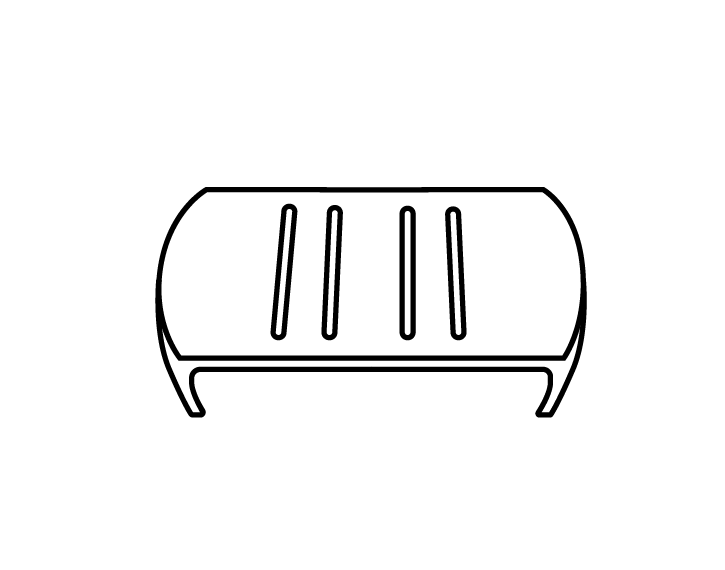lesson 3:
biological impacts of water pollution
learning goals:
you will explore how pollutants affect aquatic organisms and ecosystems.
you will evaluate the effectiveness of water treatment on biological pollutants.
materials
let’s start ↓
Step 1: preparing the polluted water sample
Fill a mason jar with water.
Add vegetable oil to simulate biological pollutants.
Stir the mixture to distribute pollutants.
Step 3: filtering and analyzing water
After treatment, pour the water through a coffee filter into a second container.
Observe any remaining pollutants.
If a microscope is available, examine a droplet of untreated vs. treated water.
Have students hypothesize how the treated water might impact aquatic life differently from untreated water.
Step 2: setting up electrocoagulation
Clip the 3D-printed lid onto the mason jar opening.
Connect the alligator clips to the top of the aluminum electrodes and insert the electrodes at an angle into the designated slots in the lid.
Power up the microbit by either using an adapter or a power bank with the USB power cable. Avoid touching the electrodes as electricity will now flow through them.
Press the “A” button on the micro:bi to turn the kit on. A “ ” symbol will appear on the display to confirm
To turn it off, press the “B” button. An “X” symbol will indicate the device is off.
Check that the power is on and look for bubbles forming around the electrodes.
Allow the process to run for 5–15 minutes. Use this time to brainstorm possibilities with your team.




















